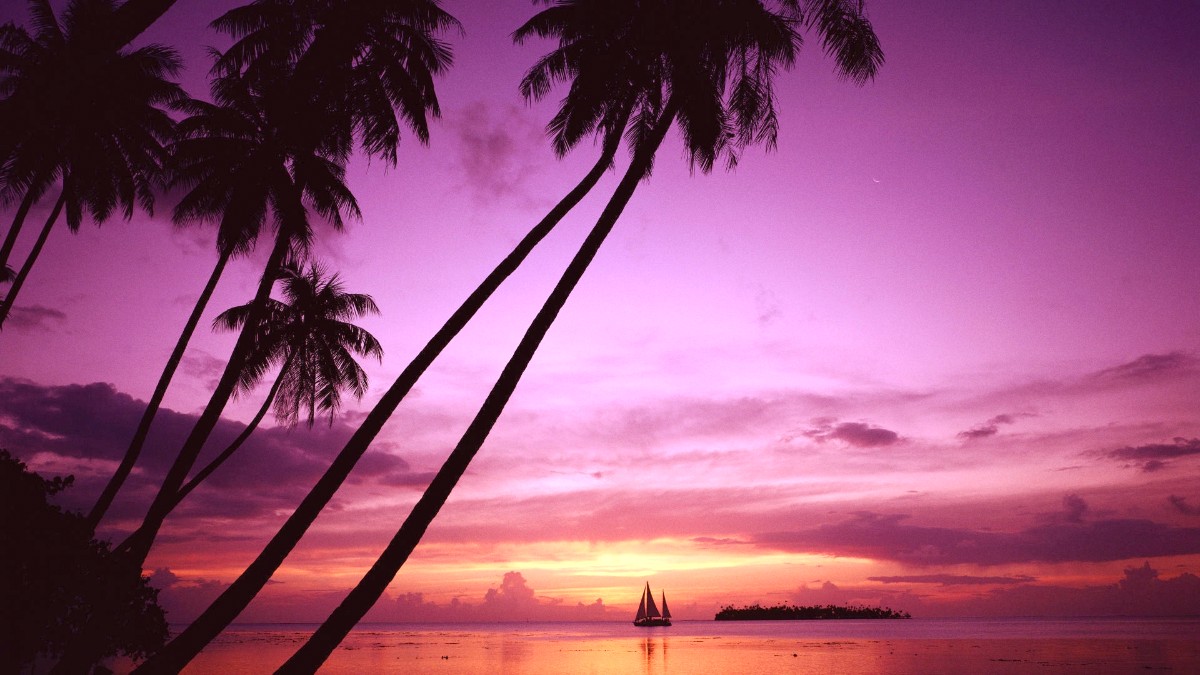
Tahiti And French Polynesia
This island is more than a beautiful backdrop for vacations; it is a living culture. Visitors find a blend of French charm and Polynesian warmth. You can enjoy a world-class meal in Papeete one night, then savor freshly grilled fish from a roadside food truck the next. The mornings might begin with a visit to a bustling market, followed by an afternoon spent swimming in a tranquil lagoon. Tahiti has experiences that connect you with its people, its land, and its history.
Prepare to leave behind the rush of daily life. Tahiti operates on "island time," a concept of patience and ease. This supports appreciation of the surroundings.
Whether your goal is relaxation, adventure, or cultural discovery, Tahiti presents possibilities. This guide supports you in shaping your journey to match your interests, ensuring a trip that combines practical preparation with memorable moments.
Tahiti is the largest island in the Windward group of the Society Islands archipelago, part of French Polynesia. It sits in the South Pacific Ocean, approximately 2,400 miles (3,860 kilometers) south of Hawaii and about 3,700 miles (5,950 kilometers) west of Chile. This location makes it a distant yet accessible tropical destination for travelers from North America, Europe, and Australasia.
The island itself consists of two main parts: Tahiti Nui (the large, northwestern portion) and Tahiti Iti (the smaller, southeastern peninsula). A narrow isthmus, Taravao, connects the two. Tahiti Nui is more developed, home to the capital city, Papeete, and most of the population and infrastructure. Tahiti Iti is rugged, remote, and less populated, retaining a wilder character. Its famous surf break, Teahupo'o, draws surfers from around the globe.
Volcanic activity created Tahiti, giving it a mountainous, craggy interior.
The highest peak, Mount Orohena, reaches 7,352 feet (2,241 meters).
Deep valleys and rivers carve through the mountains, leading to many waterfalls.
A fringing coral reef surrounds much of the island, forming calm, clear lagoons.
Rainforests cover the interior, transitioning to coastal plains and diverse beaches.
A fringing coral reef surrounds much of the island, creating calm, clear lagoons between the shore and the open ocean. These lagoons are popular for swimming, snorkeling, and other water sports. Beyond the reef, the ocean floor drops sharply into deep waters.
Look for the distinct black sand beaches on Tahiti's east coast. These beaches are a direct result of the island's volcanic origins.
The clear waters and rich marine life within the lagoons and beyond the reef attract divers and snorkelers.
The island's diverse geography supports various ecosystems. Rainforests cover the interior mountains, transitioning to coastal plains and black or white sand beaches.
The island holds an important place in the history of the Pacific.
Polynesian navigators, skilled voyagers, first settled Tahiti around 800 to 1200 AD. They traveled across vast ocean distances in double-hulled canoes, guided by stars and currents, bringing with them traditions, plants, and animals that formed the basis of Tahitian society. These early settlers established a complex social structure with chiefs, priests, and commoners, centered around religious and communal sites known as Marae. Their culture deeply connected with the land and sea, emphasizing spiritual harmony and communal living.
Captain Samuel Wallis (1767), Louis Antoine de Bougainville (1768), and Captain James Cook (1769) marked early European contact.
The famous mutiny on the HMS Bounty in 1789 further cemented Tahiti's place in Western lore.
Missionaries arrived in the late 18th and early 19th centuries, bringing Christianity and altering traditional practices.
France formally established a protectorate over Tahiti in 1842 and annexed it as a colony in 1880. This period brought French influence in language, education, and administration, which persists today.
Faa'an International Airport (PPT) on Tahiti is the main arrival point for international flights.
A dramatic volcanic interior with towering peaks, valleys, and waterfalls alongside coastlines with black and white sand beaches.
Papeete has bustling markets, diverse dining, shopping, and a lively evening scene with its famous roulottes.
Tahiti is generally an expensive destination. Costs for accommodation, food, and activities can be high, notably at luxury resorts.
Budget-friendly options like local pensions and street food are available.
Plan for a mix of city exploration in Papeete and natural discovery across the island.